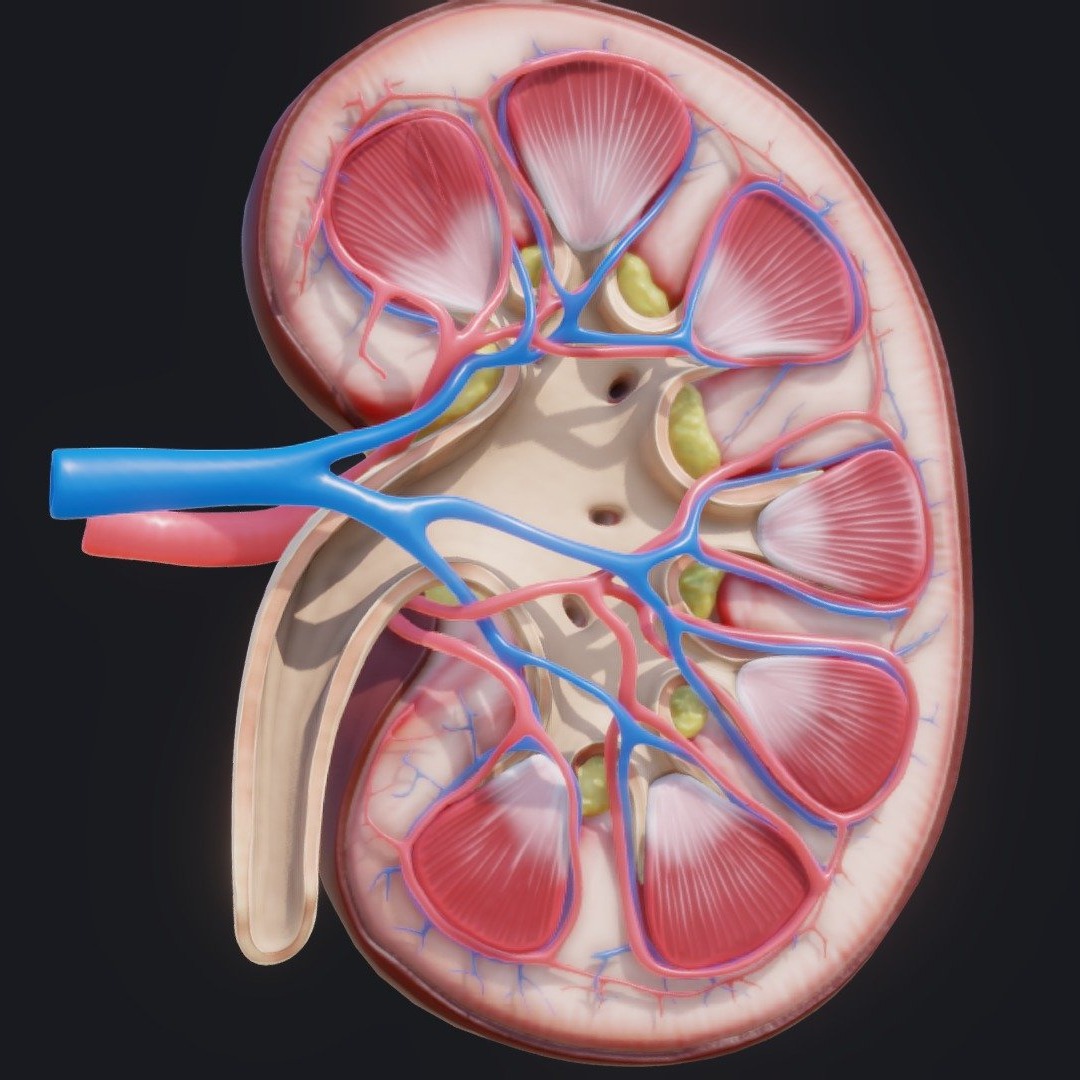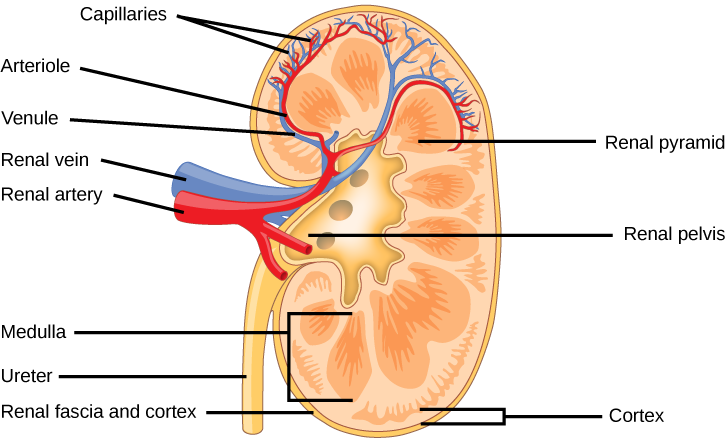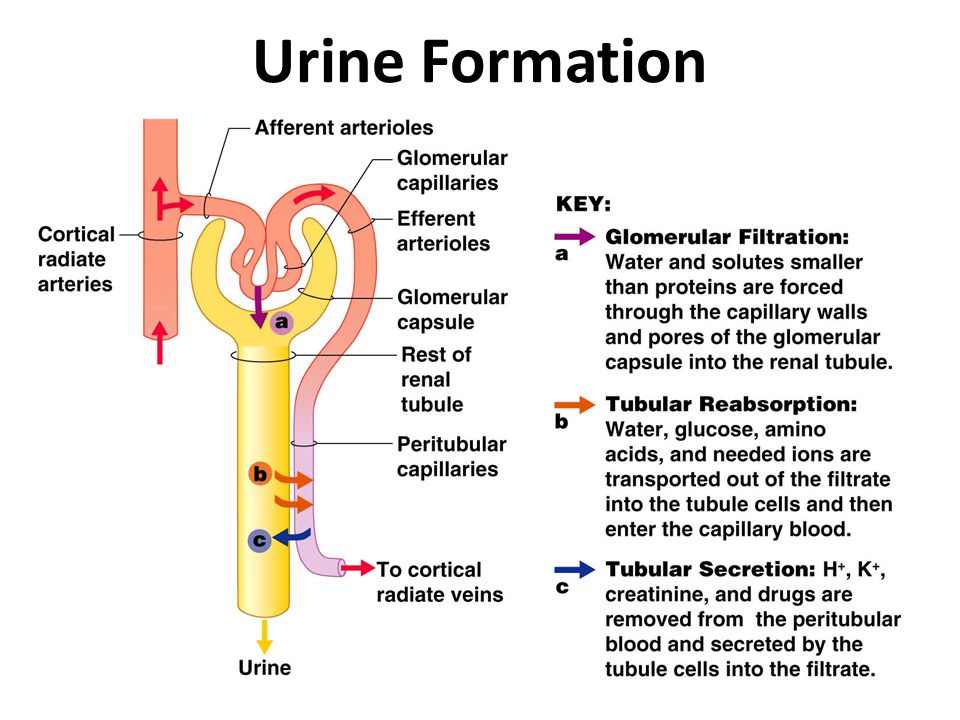CBSE Class 11 Biology Chapter 19 Revision Notes
Chapter 19: Excretory Products and their Elimination Revision Notes
Multiple Choice Questions
- Which excretory product requires maximum water for its elimination? ________
- The extension of cortex in medulla is known as ___________.
- Glomerulus along with Bowman’s capsule is called ____________.
- Brush border epithelium is a characteristic of which of the following? ________
- Where does filtration of blood occur? __________
- Which of the following regulates the functioning of the kidney? ___________
- Neural mechanism of micturition is called ____________.
- Kidneys play a significant role in its removal of ammonia directly. __________
- Which of the following can stimulate the glomerular blood flow and thereby help in bringing the GFR back to normal? _____________
- Which of the following substances are secreted by tubular cells during urine formation? ______________
- Which of the following parts has minimum reabsorption? ______________
- Which of these will be completely reabsorbed from glomerular filtrate under normal conditions in the nephrons? ________________
- Which of the following is to be observed if Henle’s loop were to be absent from mammalian nephrons? ______________
- Assertion: Ammonia is generally excreted by diffusion across body surfaces or through gill surfaces (in fish) as ammonium ions.Reason: Ammonia is readily soluble.
- Assertion: During micturition, urine is prevented from flowing back into the ureters.Reason: Urethral sphincters contract during micturition.
Human Excretory System
- Excretion is the act of elimination of wastes and other metabolites from the body of an animal, which is generally related to the process of maintaining osmotic levels or osmoregulation.
- Both excretion and osmoregulation are crucial for homeostasis or maintaining a steady internal environment in the body, which is required for regular living functions.
- The main nitrogenous wastes emitted by mammals are ammonia, urea, and uric acid.
- These compounds accumulate in the animal’s body through metabolic activity or other mechanisms such as excessive consumption.
- The most hazardous substance is ammonia, whereas the least toxic substance is uric acid.
- Ammonotelism is the process of eliminating ammonia, and species that excrete ammonia are termed ammonotelic.
- Ureotelic organisms produce urea as a nitrogenous waste product (mammals, terrestrial amphibians).
- Uric acid is excreted by uricotelic organisms (reptiles, birds).
Kidneys

- The kidneys are a pair of reddish-brown bean-shaped structure between the last thoracic and lumbar vertebrae.
- The ureter, blood arteries, and nerves all enter through a notch on the inner side of each kidney called the hilum.
- The renal pelvis, a large funnel-shaped area inside the hilum, bears projections termed calyces.
- The kidney is divided into two zones: the outer cortex and the inner medulla.
- The medullary pyramids extending into the calyx divide the medulla.
- Between the medullary pyramids, the cortex forms the renal column known as the Columns of Bertini.
- The nephron is the functional unit of the kidney. A million nephrons are found in each kidney.
- The glomerulus and renal tubules are two elements of each nephron.
- The tuft of capillaries created by the afferent arteriole is the glomerulus.
- The efferent arteriole transports blood out from the glomerulus.
- Bowman’s capsule is the beginning of the renal tubules, split into Proximal Convoluted tubules, Henle’s loop, and Distal Convoluted tubules.
- The nephron’s malpighian tubules, PCT, and DCT, are located in the cortical area, whereas Henle’s loops are located in the medulla.
 Source: Kidney Anatomy
Source: Kidney Anatomy
Nephrons are classified into two categories based on their location in the kidney.
Cortical nephron
- The loop of Henle is too short in most nephrons, extending just a few millimeters into the medulla and lying in the renal cortex.
Juxtamedullary Nephrons
- Juxtamedullary Nephrons are a kind of nephron that is found between the medulla.
- The Henle loop is particularly lengthy in certain nephrons and extends far into the medulla.
The cortical nephron accounts for around 80% of the overall nephron count, with the juxtamedullary nephron accounting for the remaining 20%.
Urine formation
The three primary phases in the production of urine are glomerular filtration, reabsorption, and secretion.
Glomerular filtration
- Glomerular filtration takes place in the glomerulus, which filters blood.
- The epithelium of Bowman’s capsule, the endothelium of glomerular blood vessels, and a membrane in between these two layers are all involved in this process.
- The blood is filtered such that all of the plasma’s elements, excluding proteins, enter the Bowman’s capsule.
- As a result, this procedure is called ultra filtration.
Reabsorption
- The renal tubules reabsorb around 99% of the filtrate collected.
- This is referred to as reabsorption. This is accomplished by active and passive transportation.
Secretion
- Tubular secretion is the next phase in the urine production process.
- Tubular cells release hydrogen ions, potassium ions, and other ions into the filtrate.
- The ionic, acid-base and other bodily fluid balances are maintained by this mechanism.
- Urine is formed when the released ions interact with the filtrate.
- The urine exits the nephron tubule and flows into a collecting duct.
Function of the tubules
PCT (Proximal Convoluted Tubule)
- This section reabsorbs nearly all important nutrients and 70-80% of electrolytes and water.
- PCT also aids in the maintenance of bodily fluid pH and ionic equilibrium by selective secretion.
Loop of Henle
- In the ascending limb of Henle’s Loop, resorption is at a minimum.
- On the other hand, this area is important for maintaining the high osmolarity of medullary interstitial fluid.
- The loop of Henle’s descending limb is permeable to water but nearly impervious to electrolytes.
Distal Convoluted Tubule (DCT)
- Conditional reabsorption of Na+ and water occurs in the DCT.

Sources: Urine formation
Micturition
- Urine is stored in the urinary bladder till a voluntary signal from CNS carries out its release through the urethra, i.e., micturition.
- The signal for this process begins by the stretching of the urinary bladder as it gets filled with urine.
- The neural mechanism causing micturition is known as Micturition reflex
